Understanding Smartphone Camera Quality: Sensor Size, Resolution, and More
Table of Contents
Remember that grainy, blurry photo you took at your friend’s birthday dinner last week? The one where everyone looked like smudgy ghosts haunting a dim restaurant? There’s a reason some smartphone cameras struggle in low light while others capture crystal-clear shots in the same conditions—and it’s not just about megapixels.
Behind every stunning sunset photo or crisp portrait on your Instagram feed lies a complex system of lenses, sensors, and software working in perfect harmony. Smartphone cameras have transformed from basic afterthoughts to the primary reason many people upgrade their phones. Today’s flagship devices pack camera technology that would have seemed like science fiction just a decade ago.
But when phone manufacturers bombard you with technical jargon like “50MP quad-Bayer sensor," “f/1.8 aperture," or “1-inch sensor," what does it actually mean for your photos? And more importantly—which specs really matter when you’re trying to capture that perfect moment?
Whether you’re shopping for a new phone or just curious about the tech in your pocket, we’ll explore what truly matters for taking amazing photos with the device you carry everywhere.

Do more megapixels mean better photos?
Resolution (MP)
When shopping for a new phone, the camera’s megapixel count is often one of the first specs you’ll see. A megapixel (MP) represents one million pixels, which are the tiny dots that make up a digital image. More megapixels mean more dots and, theoretically, more detail in your photos.
But here’s the truth: megapixels alone don’t determine image quality. A 12MP camera can often take better photos than a 108MP camera, depending on other factors [1].
Think of resolution as determining the size of your photo, not necessarily its quality. Higher resolution allows you to:
- Crop into an image while maintaining sharpness
- Print larger photos without losing detail
- Capture more information in a scene
However, cramming more megapixels onto a small smartphone sensor can actually hurt image quality, especially in low light. This happens because smaller individual pixels capture less light, resulting in more noise (grainy appearance) in your photos.
Most smartphones today have plenty of resolution for typical uses. For reference, a 12MP image can produce high-quality prints up to 11×14 inches, which is more than enough for most people [1].
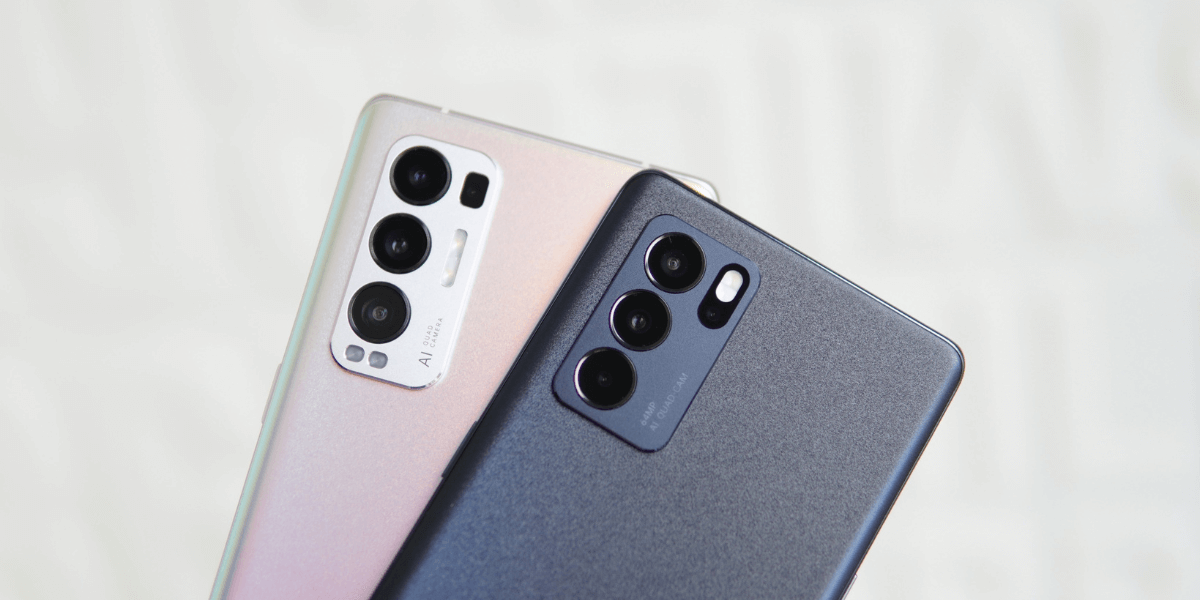
Smartphone photography’s hidden hero
Sensor Size
While megapixels get the spotlight, sensor size is arguably more important for image quality. The image sensor is the part of the camera that captures light and converts it into a digital image.
In the world of smartphone cameras, bigger really is better. A larger sensor can gather more light, resulting in:
- Better low-light performance
- Improved dynamic range (the ability to capture detail in both bright and dark areas)
- Less noise in your photos
- More natural background blur (bokeh)
Smartphone sensors are typically measured as fractions, like 1/1.56-inch (found in phones like the OnePlus 11) or 1-inch (seen in flagship models like the Xiaomi 14 Ultra). The smaller the denominator, the larger the sensor—so a 1/1.2-inch sensor is bigger than a 1/2-inch sensor [1].
To put this in perspective, a 1-inch smartphone sensor has almost twice the surface area of a typical 1/1.7-inch sensor. This difference translates to significantly better image quality, especially when lighting isn’t ideal.
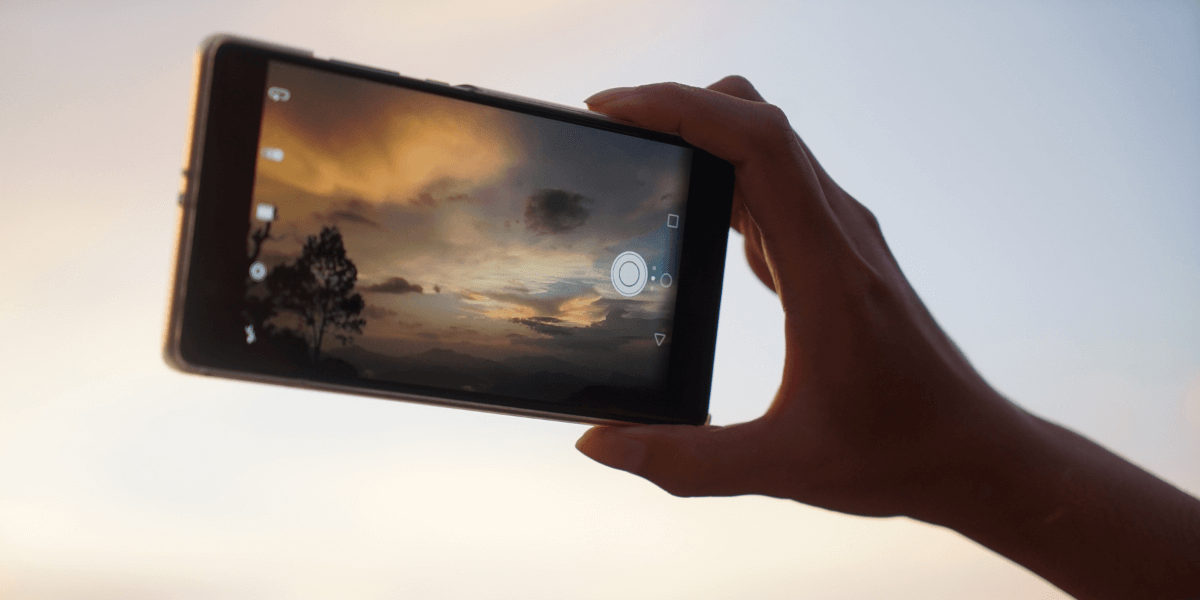
Bigger pixels capture better images
Pixel Size (μm)
Pixel size, measured in micrometers (μm), tells you how large each individual pixel on the sensor is. Larger pixels can capture more light, which improves image quality, particularly in challenging lighting conditions.
For example, the 50 MP primary camera on the Google Pixel 7 has pixels that measure 1.2μm. This might seem tiny—and it is—but in smartphone photography, it’s actually decent. For comparison, human hair ranges from about 80-100μm in diameter, making these pixels about 80 times smaller than a single strand of hair [1]!
Many modern smartphones use a technique called pixel binning to get the best of both worlds. They combine information from multiple small pixels to create a larger “superpixel" that captures more light. For instance, Samsung’s 108MP sensors use 9-to-1 binning to output 12MP images with effectively larger pixels, boosting low-light performance significantly [1].
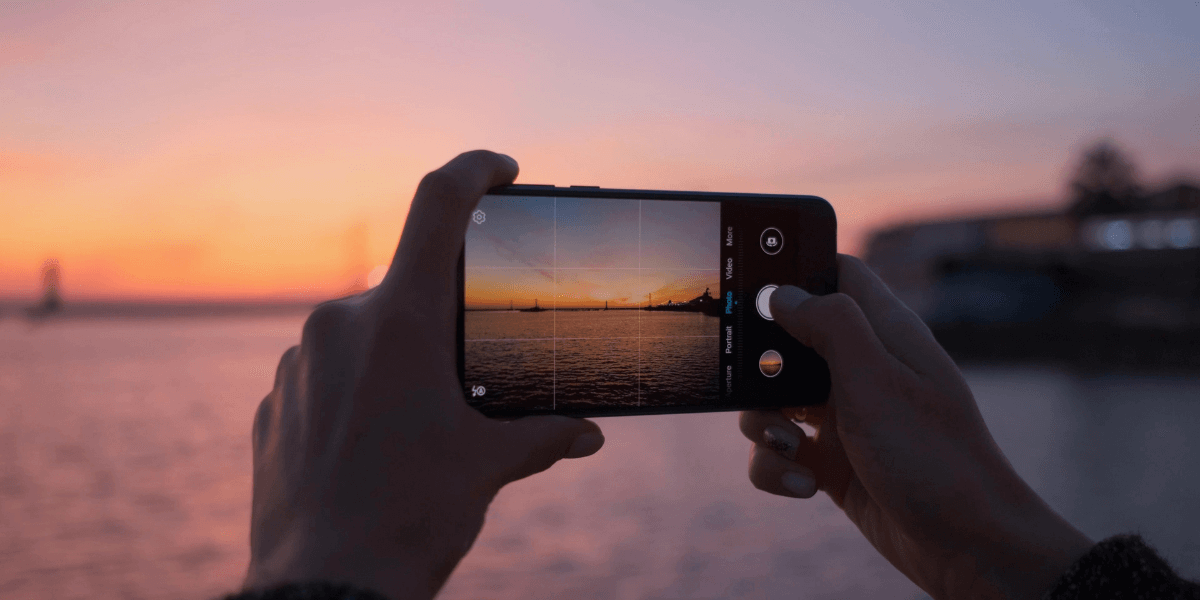
Controlling light and depth
Aperture (f/stop)
The aperture is the opening in the lens that allows light to pass through to the sensor. It’s denoted by an f-number (like f/1.8 or f/2.2), which might seem counterintuitive: a smaller f-number actually represents a larger aperture opening.
A wider aperture (smaller f-number) offers two main benefits:
- It lets in more light, improving low-light performance
- It creates a shallower depth of field, which means a blurrier background that makes your subject stand out
On smartphones, the primary camera often has the widest aperture (lowest f-number). For example, the iPhone 15 Pro’s main camera has an f/1.8 aperture, while its telephoto lens has a narrower f/2.8 aperture [2].
Unlike DSLR cameras, most smartphones have fixed apertures that can’t be adjusted. Some high-end models, like certain Samsung flagships, have featured variable apertures, but this remains rare in the smartphone world.
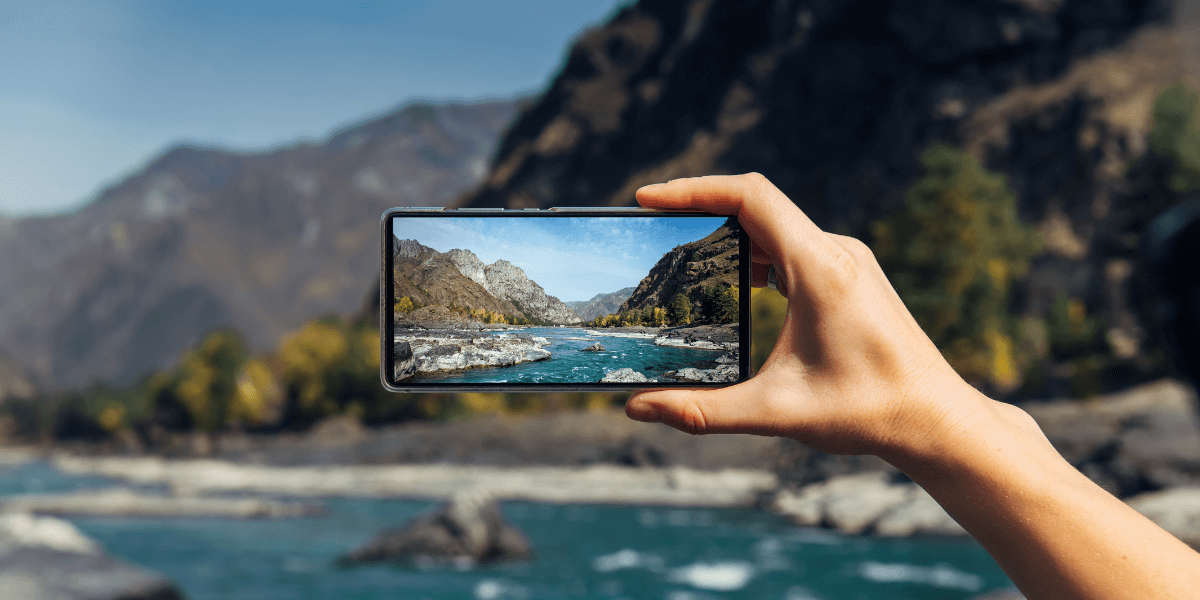
Field of View
A camera’s field of view determines how much of a scene it can capture and is measured in degrees. Smartphone manufacturers typically offer different lenses to capture different fields of view:
- Ultra-wide cameras (120° field of view or more) capture expansive landscapes and large groups
- Wide cameras (around 80°) serve as the main camera for everyday shots
- Telephoto cameras (around 20-30°) zoom in on distant subjects
The Pixel 7 Pro’s ultrawide camera has a 125.8° field of view, allowing it to capture significantly more of a scene than the regular Pixel 7’s 114° ultrawide [1]. This difference is especially noticeable when shooting landscapes or in tight spaces.
A wider field of view fits more into your frame but can introduce distortion, particularly at the edges of the image. This is why faces can look stretched when taken with an ultra-wide lens at close range.

Sharp photography
Image Stabilization
Image stabilization technology helps counter the natural shake of your hands when taking photos, resulting in sharper images, especially in low light. There are two main types:
Optical Image Stabilization (OIS)
OIS works by physically moving the camera lens or sensor to counteract hand movements. When you shake your phone slightly, tiny motors or magnetic elements shift the optics in the opposite direction to maintain a steady image.
You can actually hear OIS working if you gently shake a phone that has this feature—listen for a subtle clicking sound from the camera module.
Electronic Image Stabilization (EIS)
EIS uses software algorithms to analyze motion data and digitally stabilize the image. This method works by slightly cropping the frame and adjusting the image position to compensate for movement.
While OIS typically produces better results, especially for photos, modern smartphones often combine both technologies for the best results, particularly in video recording.
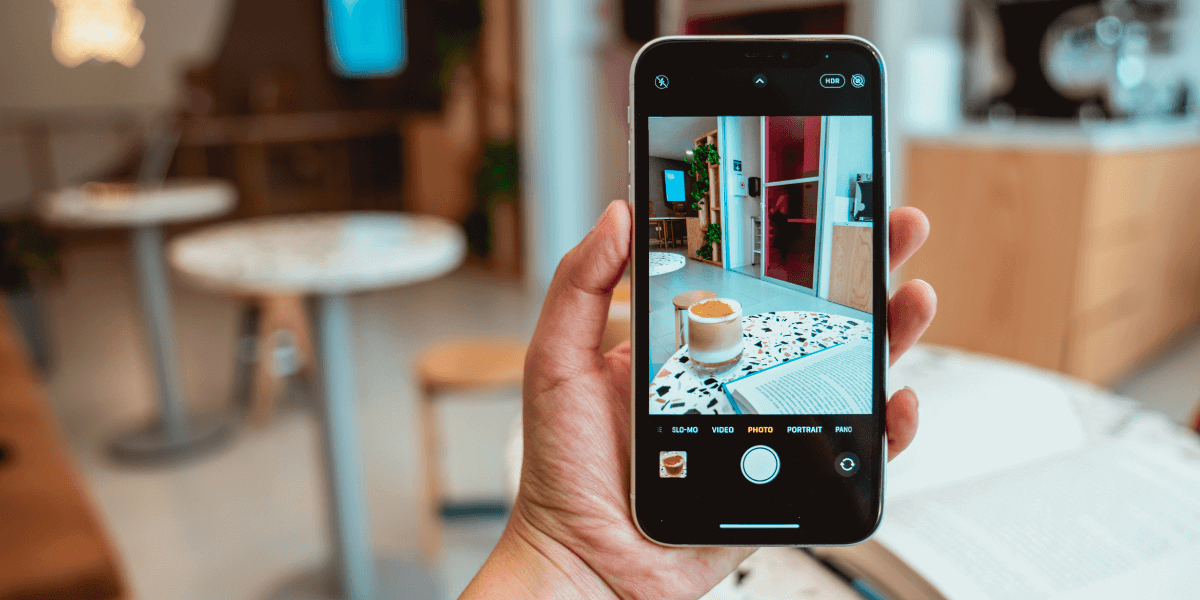
Ensuring sharp subjects
Autofocus Technologies
Nothing ruins a photo faster than poor focus. Modern smartphones use several technologies to ensure your subject is crisp and clear:
Phase Detection Autofocus (PDAF)
PDAF works by analyzing the light coming through different parts of the lens to determine if the image is in focus. It’s similar to how our eyes naturally adjust focus and is typically faster than older methods.
Laser Autofocus
This system emits an invisible laser beam that bounces off your subject. By measuring how long it takes for the light to return, the phone calculates the precise distance and adjusts focus accordingly. It works exceptionally well in low light but has a limited range.
Time-of-Flight (ToF) Sensors
ToF sensors work similarly to laser autofocus but use infrared light to create a 3D map of the scene. This technology helps with portrait mode effects and augmented reality features in addition to improving focus accuracy.
The best smartphone cameras combine multiple focusing technologies to ensure reliable performance across different lighting conditions and distances.
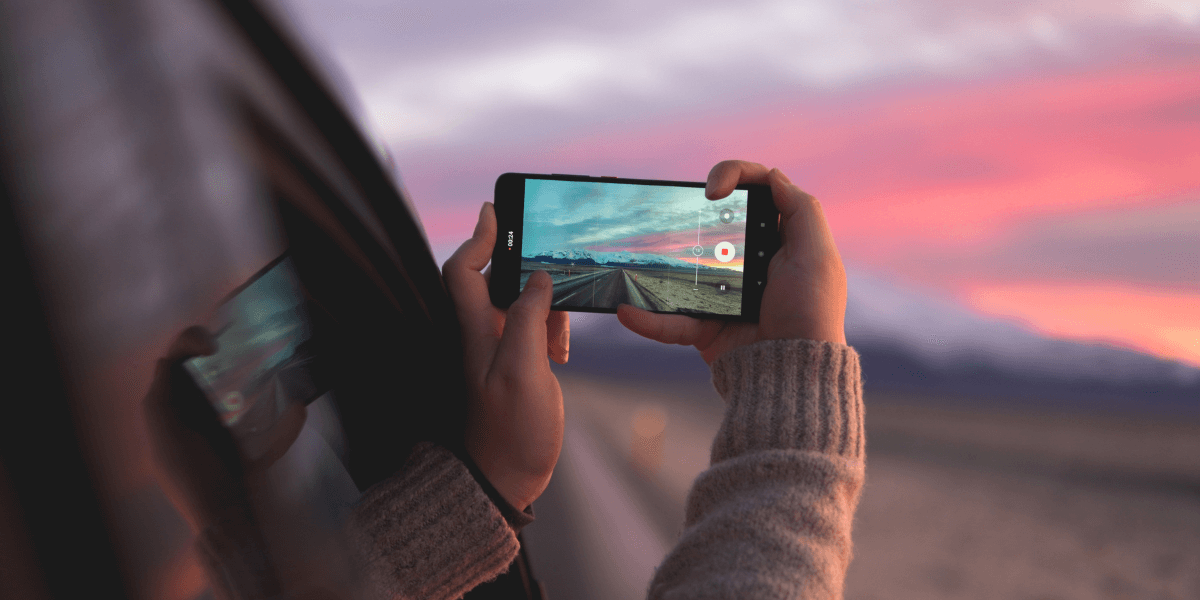
Getting closer without moving
Zoom Capabilities
Smartphone zoom comes in two varieties, and understanding the difference is crucial:
Optical Zoom
Optical zoom uses actual lens elements to magnify the image without losing quality. It’s achieved through dedicated telephoto lenses with longer focal lengths. For example, the iPhone 15 Pro offers 3x optical zoom through its telephoto lens.
Digital Zoom
Digital zoom is essentially just cropping and enlarging a portion of the image, which inevitably reduces quality. Most smartphones can digitally zoom up to 10x or more, but image quality deteriorates rapidly beyond the optical zoom limit.
Some manufacturers use computational photography to improve digital zoom results. The best camera phones today use “hybrid zoom" systems that combine optical zoom lenses with sophisticated digital enhancement to achieve impressive results even at high magnifications.

The real camera test
Low-Light Performance
A smartphone camera’s ability to take clear, detailed photos in dim conditions is often what separates good cameras from great ones. Low-light performance depends on several factors working together:
- Larger sensors capture more light
- Wider apertures allow more light through
- Larger pixels are more sensitive to limited light
- Optical image stabilization allows longer exposure times without blur
- Night mode processing combines multiple exposures for brighter, clearer results
Most flagship phones now include dedicated night modes that dramatically improve low-light photography. These modes work by taking multiple exposures over several seconds and intelligently combining them to create a single, well-exposed image with reduced noise.
Google’s Night Sight, Apple’s Night Mode, and Samsung’s Night Mode all use similar principles but with different processing approaches, leading to slightly different results in challenging lighting [2].
What Really Matters When Choosing a Smartphone Camera
After exploring all these technical aspects, what should you prioritize when choosing a smartphone for photography?
For most people, these factors matter most:
- Sensor size – Bigger is generally better for image quality
- Computational photography capabilities – Often more important than raw specs
- Versatility – Multiple useful lenses for different situations
- Low-light performance – The true test of a great camera
- Consistency – Reliable results across different shooting conditions
Remember that numbers on a spec sheet don’t tell the whole story. Before choosing a phone based on camera performance, look at actual photo samples taken in various conditions and read in-depth reviews that compare real-world results.
The best smartphone camera is ultimately the one that suits your specific photography needs and consistently delivers the quality and versatility you require—whether you’re capturing family memories, scenic landscapes, or artistic expressions of the world around you.
Find the Best Camera Phone Deals in Your Area
Ready to upgrade to a smartphone with an impressive camera system? The latest models with advanced camera technology don’t have to break the bank if you know where to look.
Phone carriers frequently offer special promotions, trade-in deals, and discounts on the newest camera-focused smartphones. These deals vary significantly depending on your location, with different carriers providing varying coverage quality and promotional offers across different regions.
Enter your zip code here to discover the best smartphone deals and carrier options available in your area today.
Don’t settle for an outdated smartphone camera when you could be capturing life’s moments in stunning detail. Find your perfect camera phone deal today!
SOURCES
[1] Androidpolice.com. “Smartphone Camera Guide"
[2] Makeuseof.com. “Here’s What You Should Always Look for in a Smartphone Camera"
[3] Mysmartprice.com. “MSP Explained Smartphone Cameras: Resolution, Aperture, Sensor Size, and More"
[4] Glass-imaging.com. “Smartphone camera design basics: Optics and form factor"

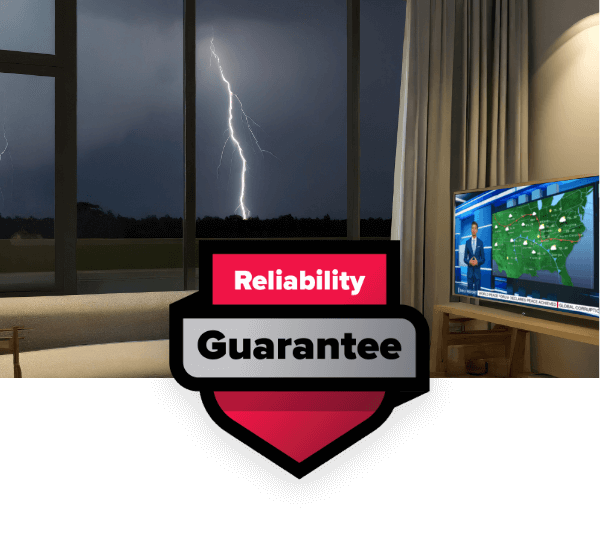

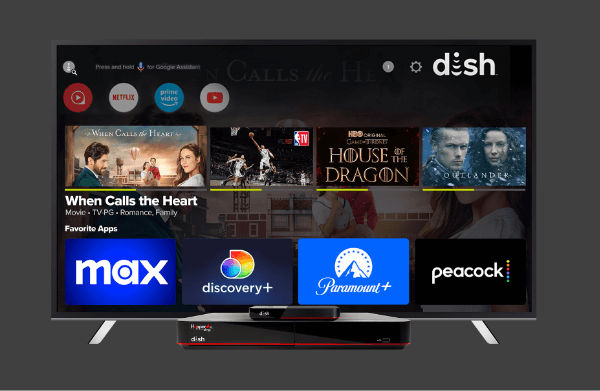
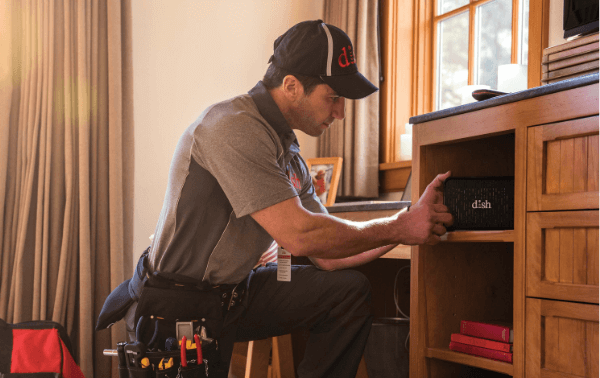

 Call
Call 

 Access Your Account
Access Your Account